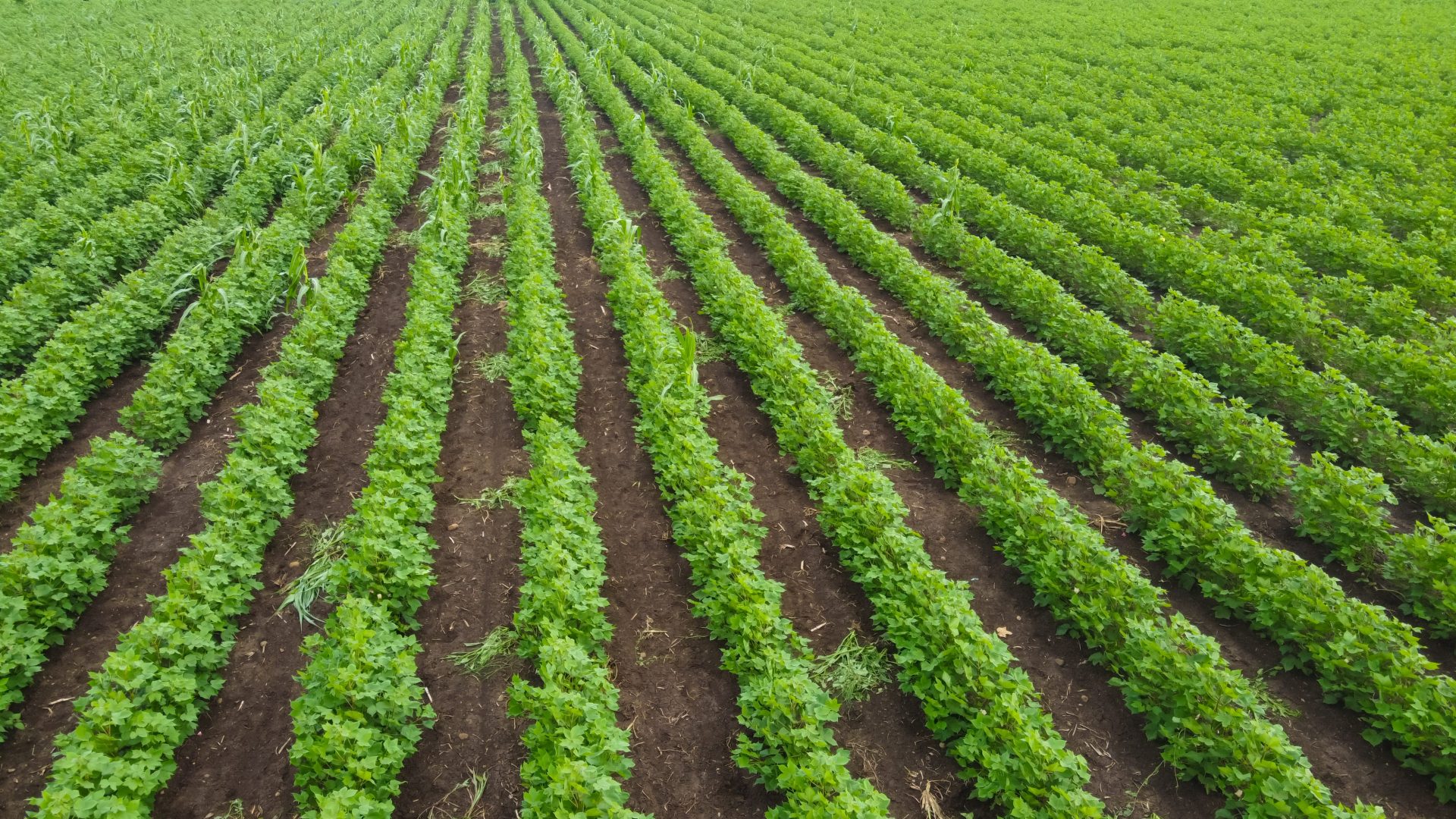

Agrochemicals
High Resolution NMR for Agrochemical ApplicationsHigh Resolution NMR for Agrochemical Applications
High resolution nuclear magnetic resonance (NMR) spectroscopy has found application in a huge array of large-scale industries. One such industry is the agrochemistry industry, which produces pesticides, herbicides, fertilizers, and more for agricultural use.
There are a large number of companies involved in agrochemical applications, and high resolution NMR has been a part of the industry from the earliest days in its emergence as an analysis technique. These agrochemical applications for high resolution NMR are distinct from magnetic resonance applications related to the food and beverage industry.
High Resolution NMR for Pesticide and Herbicide Analysis
Aside from the typical tasks in the synthesis of agrochemical cpomunds the companies developing pesticides, herbicides, fertilizers, and other agrochemicals are required to investigate the fate of these molecules after the application in nature.
This requires the analysis of metabolites of the the agrochemical that can be for example found in the soil after application in test fields. This analysis will reveal if the molecules have been metabolized by living organisms or whether exposing the chemicals to the environment has changed their chemical’s structure. High resolution NMR is an important part of this analysis process, as it has been firmly established as a key tool in the structural analysis of organic molecules.
Structure Elucidation with NMR
The metabolites of agrochemicals can often present in previously unknow structures. Software such as CMCse Structure elucidation or the elucidation and verification tools in the MNova software can be helpful to the researcher to determine the structure of these molecules.
Trace Analysis with NMR
As the researcher often have to deal with extremely small quantities NMR instruments that can provide the highest sensitivity prove to be very valuable. The Bruker micro cryoprobe allows the detection of minute amounts in the microgram level.
Food Additives
Bruker also applies its high resolution NMR technology to the analysis of food additives. These additives are often used in animal feed, with a number of leading businesses in the agrochemical industry involved in this particular application.
For instance, farm-raised salmon is typically white in color. However, pink salmon has proved to be more marketable, and consumers have become accustomed to seeing pink salmon for sale in supermarkets. To get pink coloured salmon, manufactured chemicals are added to the food given to salmon.
High resolution NMR is an ideal technology for agrochemical and food science applications, as analysis at molecular levels can be carried out without the need for samples to be separated or purified. It can be an indispensable tool in quality control, authentication, and food safety, as it is able to shed light on the molecular structure and chemical makeup and reactions present in products created by the agrochemical industry that have an indirect impact on consumers’ diets.








